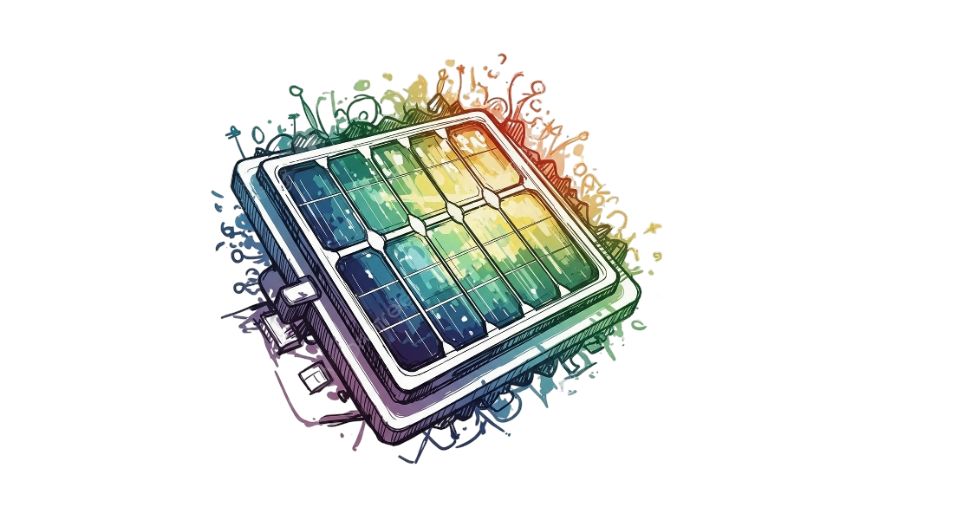
Jul 08, 2025

The new publication by Metastat Insight brings new insights into the Global Solar Cell Materials Market, charting its present trajectory and unrolling trends geographically and in production trends. Under a landscape where changing technology leanings and manufacturing standards prevail, the market has experienced incremental yet profound shifts beyond conventional lines of demand and supply. Solar cell materials, which had previously appeared only as supporting elements of photovoltaic systems, are today at the very vanguard of innovation approaches, serving as indispensable performance improvers and enablers of environmental compliance. The change indicates a more profound realignment in the industry that needs to look more closely at not just what is being made, but how and why it is changing in the ways it is being changed. As reflected in the report, today's market structure is the outcome of many threads that have converged—technological, geopolitical, and manufacturing sophistication.
Why the Global Solar Cell Materials Market is so interesting is not one dramatic event, but rather the compounding effect of conscious change down the value chain. While some have focused on measures of efficiency and long-term viability, others have looked to material substitutes that fall more neatly within both cost projections and regulatory contexts. This has created a layered situation where producers work within ever more limited tolerances of both physical material characteristics and market acceptability. Material research within this arena has not stood still. They are, in turn, reacting to outside pressures by reconsidering traditional material uses and exploring the limits of what can be accomplished within established engineering parameters.
The marriage of scientific curiosity with industrial practicality has created the advent of newer materials and processing techniques that were not present in commercial products a decade back. Yet this shift is not uncomplicated. Working out alternatives to conventionally used materials tends to bring with it unforeseen logistical or performance trade-offs that add complexity to an already subtle area. The report captures, in following regional differences, that production and consumption patterns are considerably different based on local priorities as well as available resources. Certain regions have robust institutional support for newer materials, whereas others are still reliant on more conventional practices. This divergence does not indicate disagreement about directions of the future, but instead highlights how economic, cultural, and technical variations tinge market conduct in nuanced ways.
Manufacturers who are making products to meet these distinctive terrains seem to achieve momentum more quickly than manufacturers taking a one-size-fits-all strategy. Supply chains themselves also exhibit this multi-faceted nature. The procurement of raw materials and their eventual assembly as usable units travel paths that become more networked but individually customized. Scheduling slowdowns in upstream material production or policy changes in downstream usage regulation can propagate through the entire supply chain. In this environment, agility is more than a strategic principle—it is a function that must be done.
Firms that previously concentrated exclusively on quantity of production are now reconsidering relationships with suppliers, warehousing standards, and even contract specifications to insulate themselves against risks that grow greater with every quarter. In addition, intellectual investment and research constitute the next front of competitive differentiation. As this report indicates, a stealthy but unequivocal competition is on between innovators trying to stake out patents around new materials. Whereas in past cycles price battles characterized competitive superiority, the focus is now increasingly on proprietary information and scalable refinement methods. Results of these endeavors will likely dictate the tone of future market leadership, particularly as measurement of adoption becomes more and more a function of dependability and lifespan over raw output alone. It is also notable to see how environmental and social governance models are starting to have quantifiable effects on the choice of material and vendor accountability.
This increasing oversight is prompting transparency not just in manufacturing but in the overall lifecycle of components for solar cells. Recyclability, labor integrity, and emissions disclosure have shifted from the sidelines to prime-time topics in procurement negotiations. The market is no longer a simple transaction between manufacturers and installers; it is a network of stakeholders whose perceptions are changing business models as well as manufacturing philosophies. Customer perception, especially at the corporate level, still plays a formative role. Businesses dealing in large-scale energy solutions are increasingly sensitive to the downstream effects of their material decisions.
They ask more deeply about origin, longevity, and cost to the environment, forcing producers to be much more expressive and fact-packed in their interactions. This has introduced a degree of market maturity where just technical supremacy is insufficient—narrative on the basis of open disclosure and continued performance verification becomes more integral to the purchasing decision. The path elucidated in the report that has been put together by Metastat Insight is a market that is neither stagnant nor anarchic but one that has been profoundly shaped by a convergence of special knowledge, local dynamics, and changing stakeholder expectations. The Global Solar Cell Materials Market is reconfiguring its boundaries unobtrusively through an incessant conversation between innovation, flexibility, and accountability. This dynamic, as outlined throughout the findings, grants a multi-layered interpretation of where the sector is currently and what likely directions of future development it might hold.
Drop us an email at:
Call us on:
+1 214 613 5758
+91 73850 57479